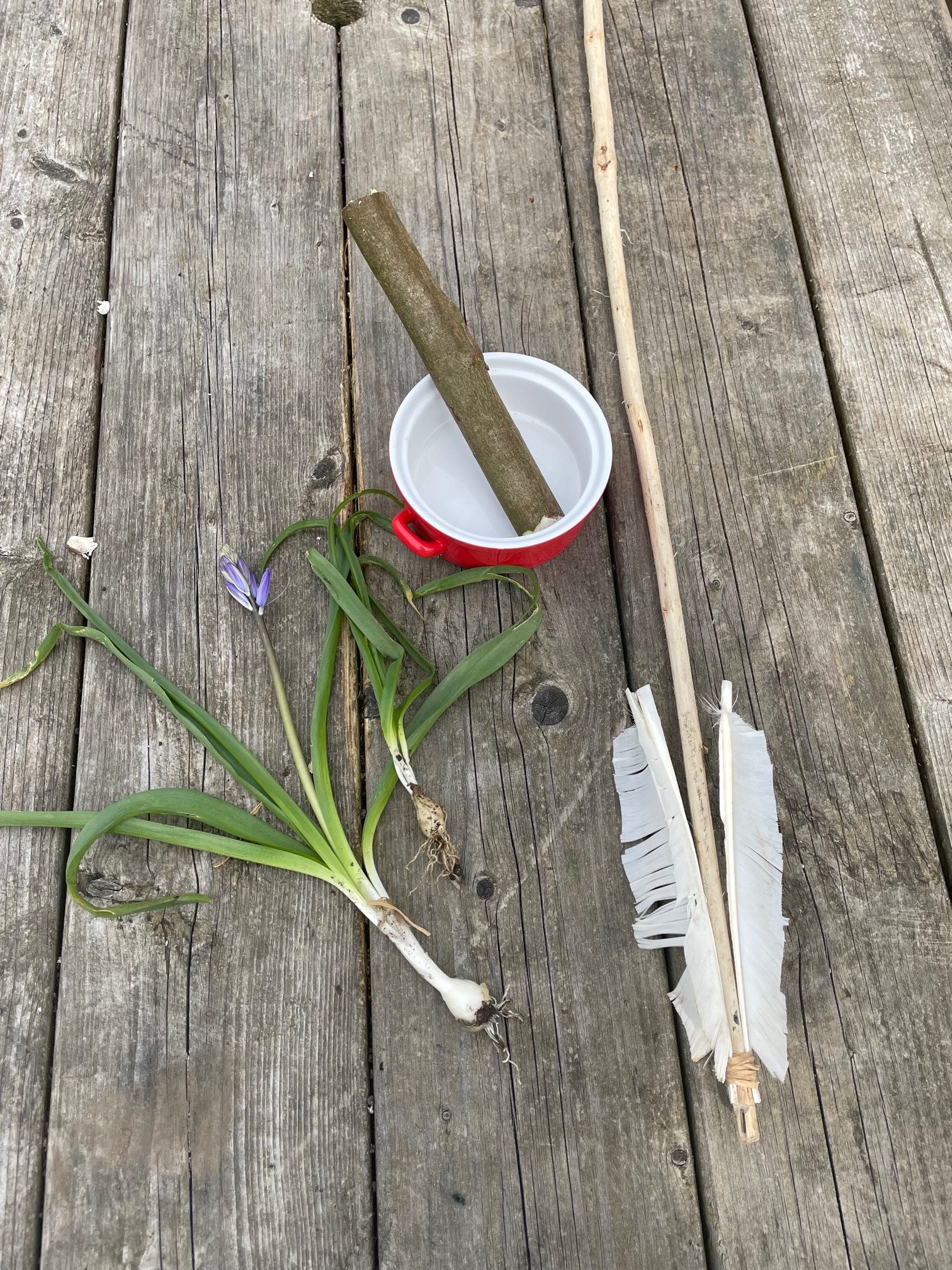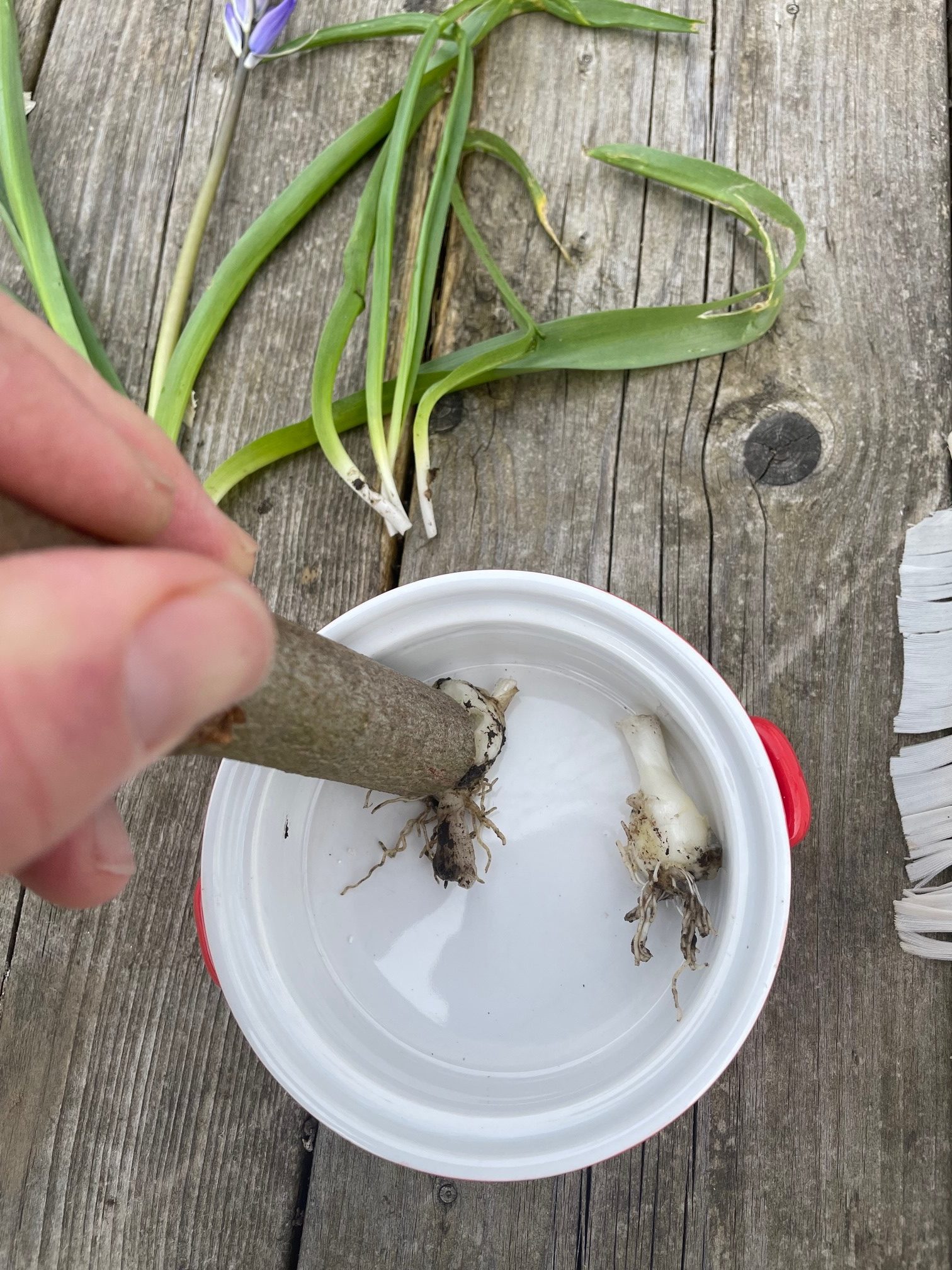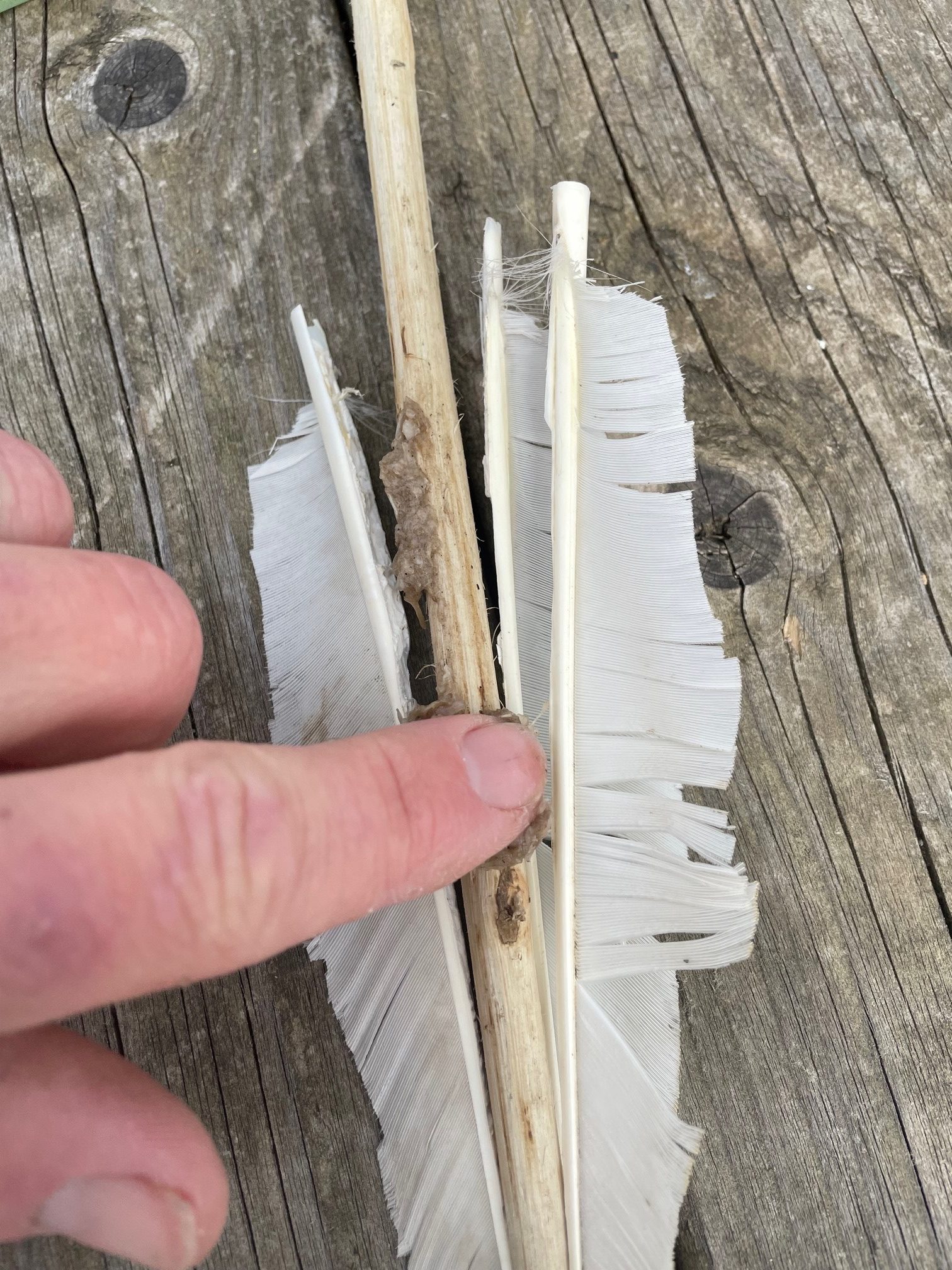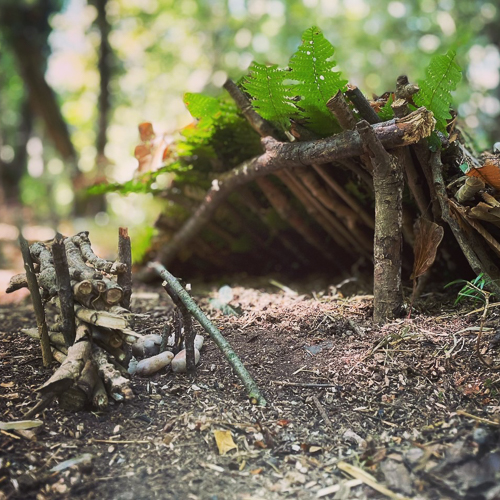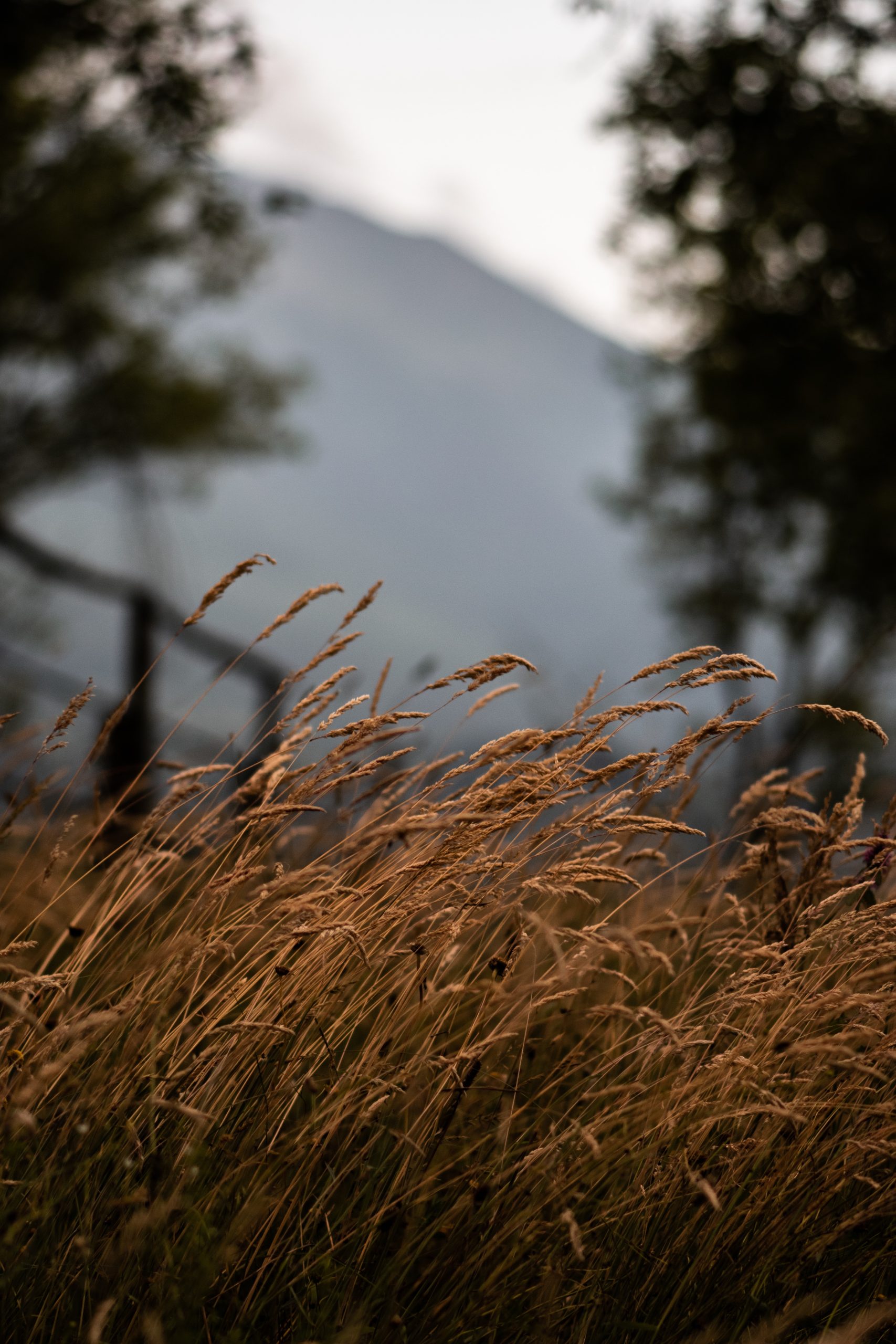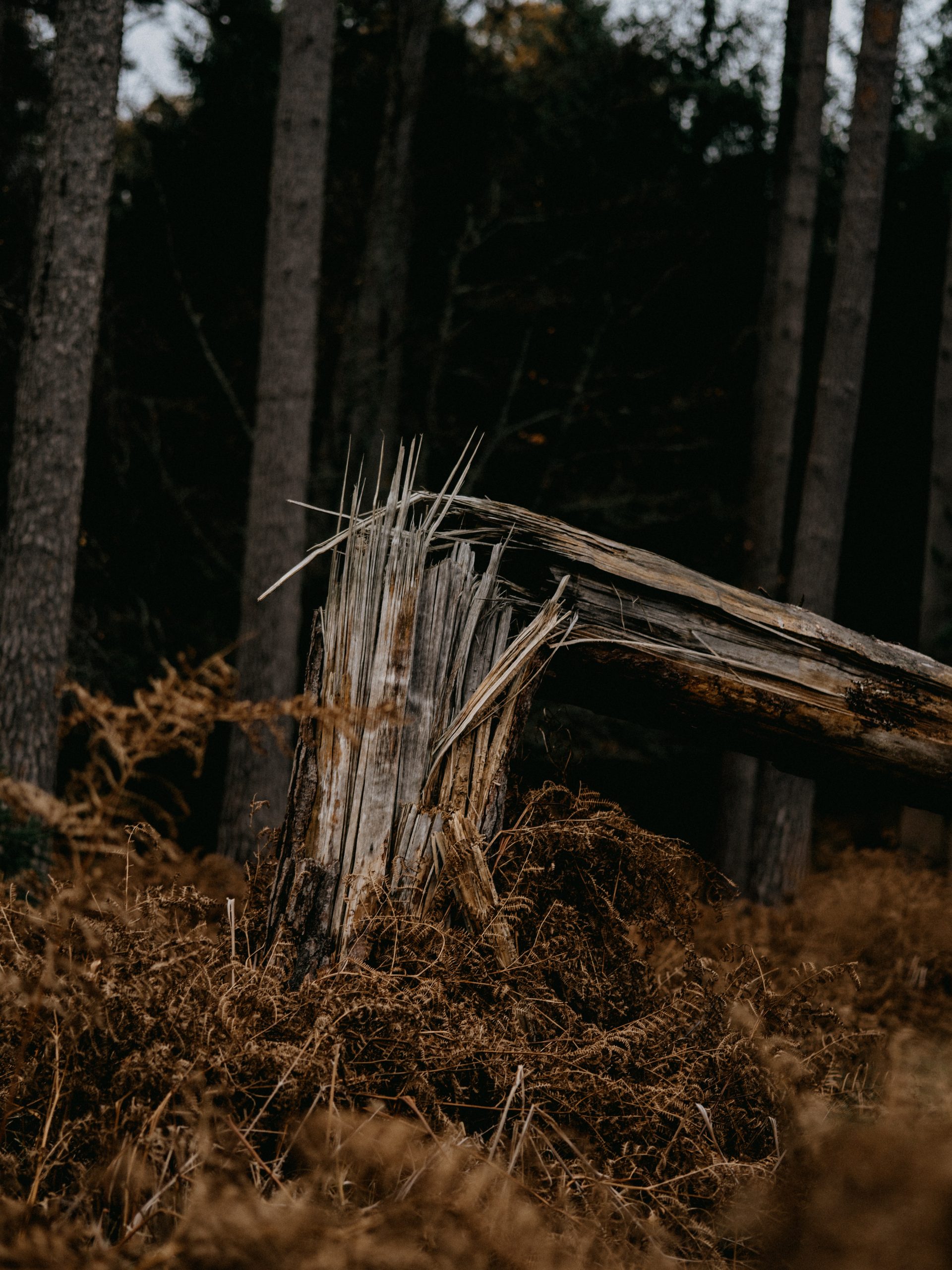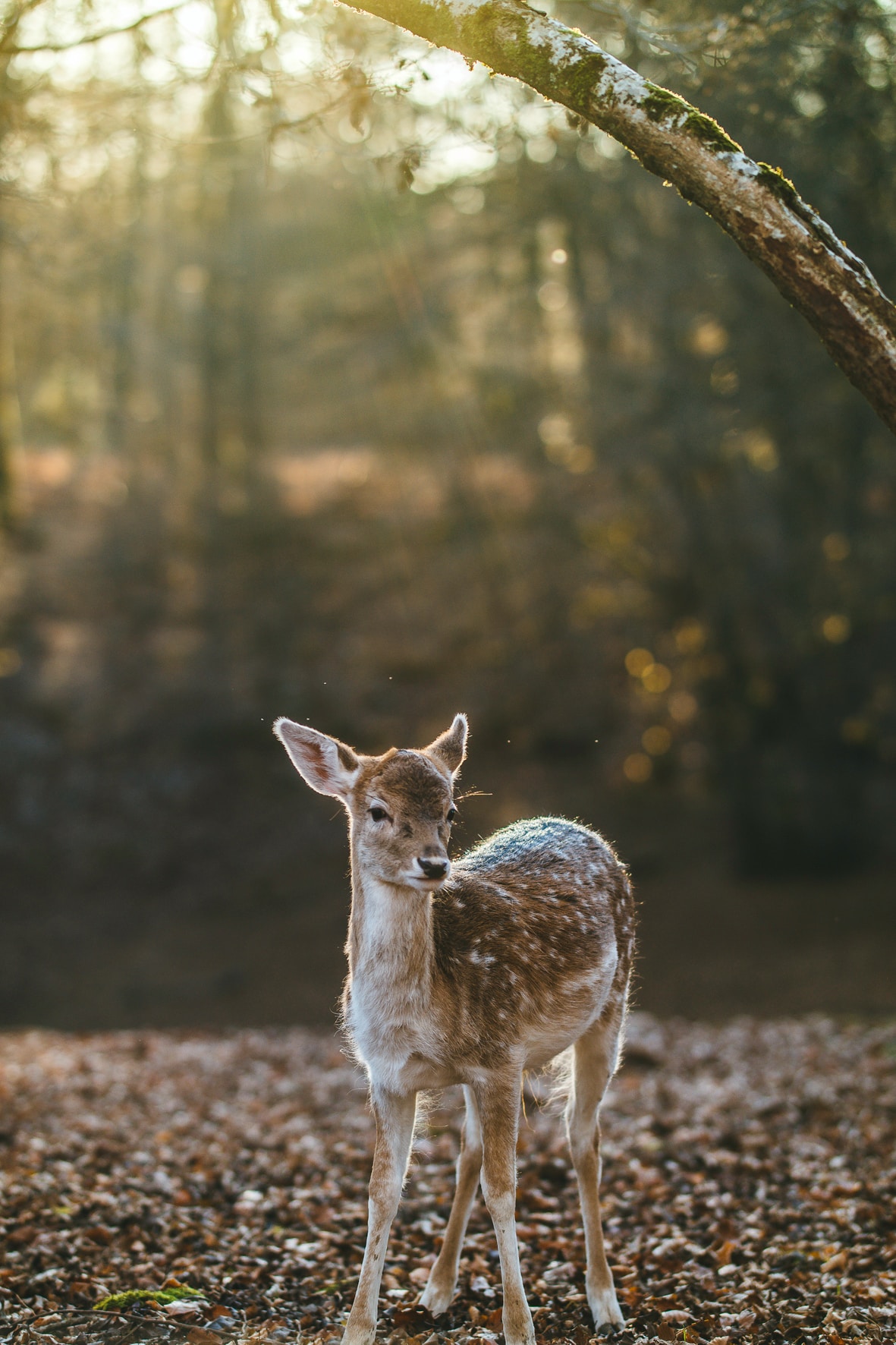
THE PSYCHOLOGY OF SURVIVAL
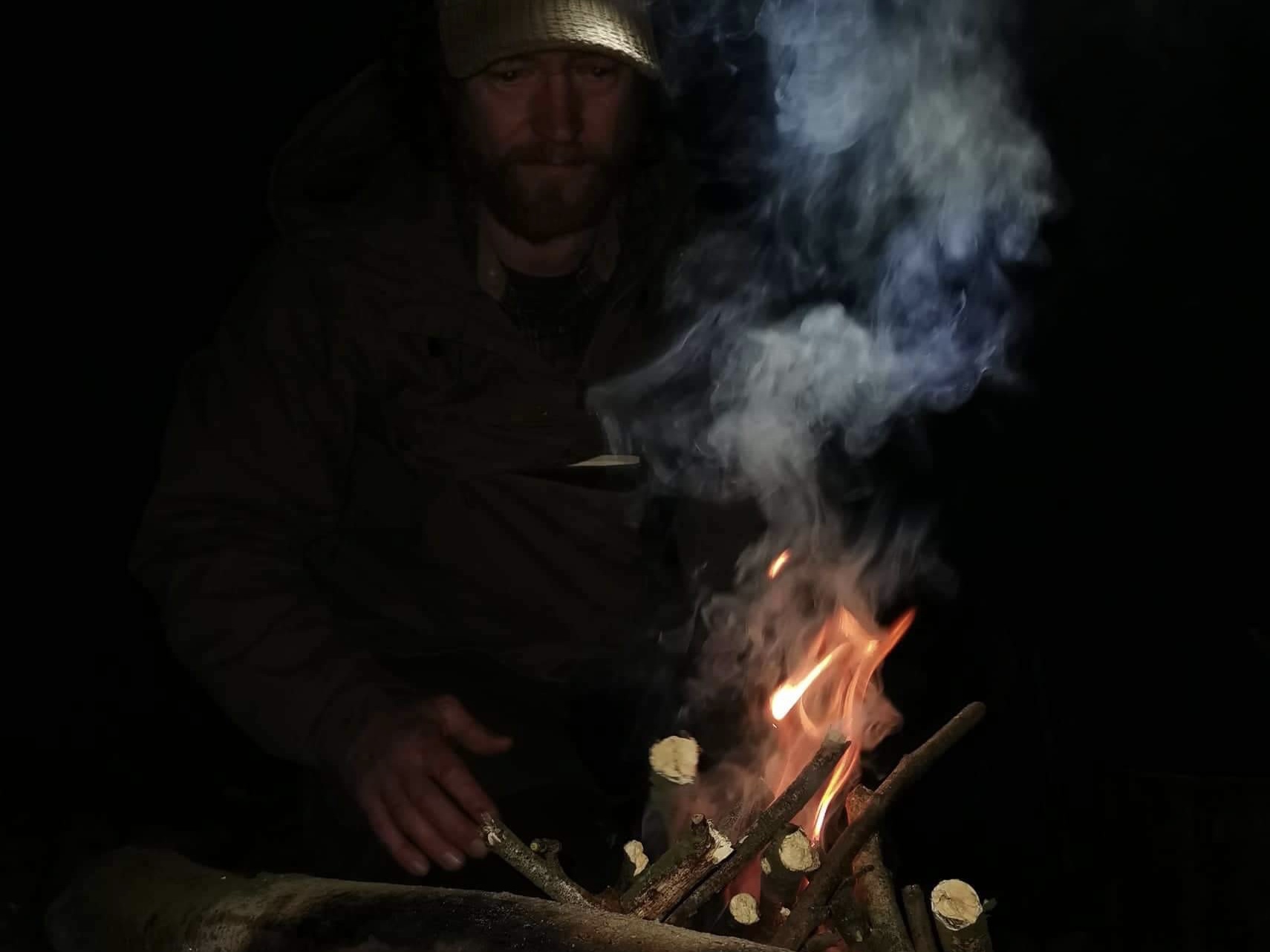
In the face of adversity, the human spirit has demonstrated remarkable resilience throughout history. Whether surviving natural disasters, enduring life-threatening situations, or overcoming challenging circumstances, the psychological mechanisms that drive us to endure, adapt, and thrive are key.
THE WILL TO LIVE
At the core of the psychology of survival lies the primal instinct – the will to live. When confronted with life-threatening situations, our survival instinct kicks in, activating a cascade of psychological responses. The fight or flight response, driven by the release of stress hormones like adrenaline, prepares us to confront or escape from danger. This innate drive to preserve our own lives and protect those we care about is a powerful motivator that propels us forward.
SENSE OF PURPOSE
A strong sense of purpose can be a driving force in survival situations. Having a clear goal or mission gives individuals a reason to persevere and fuels determination. Whether it is reuniting with loved ones, protecting others, or simply surviving to tell their story, a sense of purpose provides a guiding light in the darkest of times. It helps individuals find meaning in their struggle and ignites a tenacious spirit.
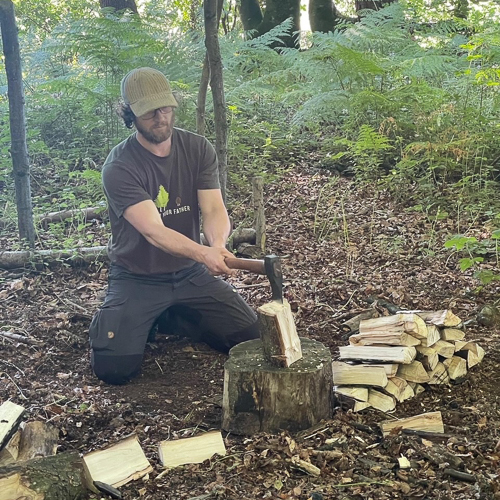
MENTAL RESILIANCE
Survival often demands mental resilience – a mindset that allows us to adapt to adversity and find inner strength amidst chaos. The ability to maintain a positive mental outlook, persevere in the face of obstacles, and embrace a growth mindset plays a vital role in survival situations. Resilient individuals tend to exhibit traits such as optimism, adaptability, perseverance, and the ability to find meaning even in the most challenging circumstances.
ADAPTABILITY
Survival often demands adaptability by providing problems to solve under extreme pressure. Flexible thinking, quick decision-making, and resourcefulness are key and having good knowledge and practiced skills goes a long way. Successful survivors are often those who can assess the situation, identify available resources, and find innovative ways to address challenges. They embrace a solution-oriented mindset and are open to trying new approaches.
EMOTIONAL REGULATION
During survival situations, emotions can run high and it is important to manage and channel emotions effectively to make rational decisions. It is crucial to strike a balance between acknowledging and processing emotions while preventing them from overwhelming our ability to think clearly. Emotional intelligence and self-awareness are in survival scenarios.
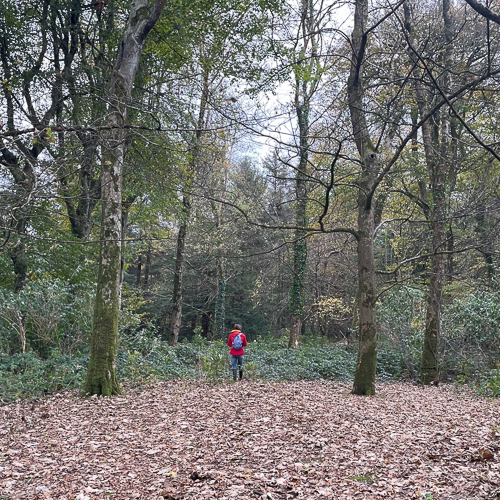
When faced with life-threatening situations there is immense power within us to endure, adapt, and triumph over adversity. Understanding the psychological mechanisms at play is no doubt important. Combined with knowledge and understanding of the environment we find ourselves in and some practised skills is a solid foundation for success.
Ultimately, survival psychology reminds us that even in the most challenging circumstances, the human spirit is capable of extraordinary feats.

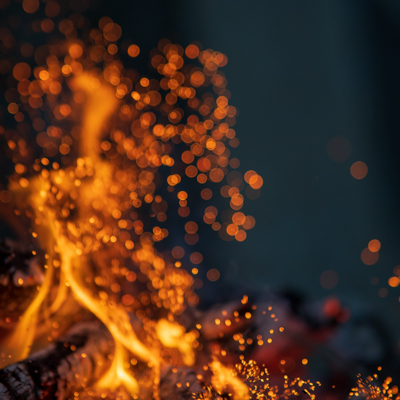
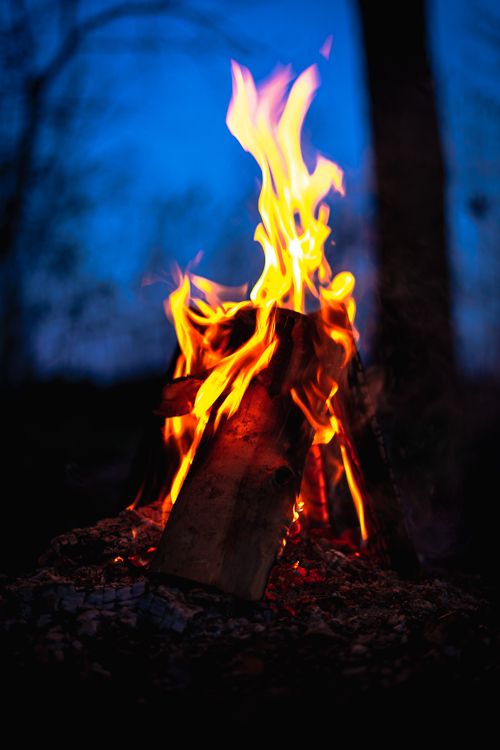
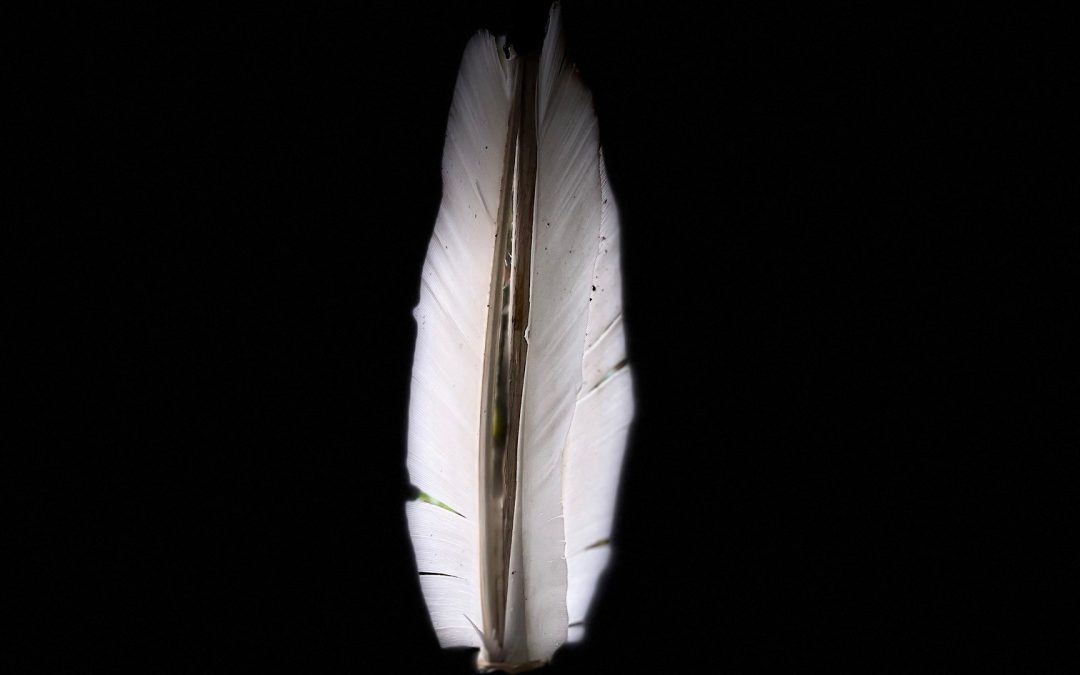
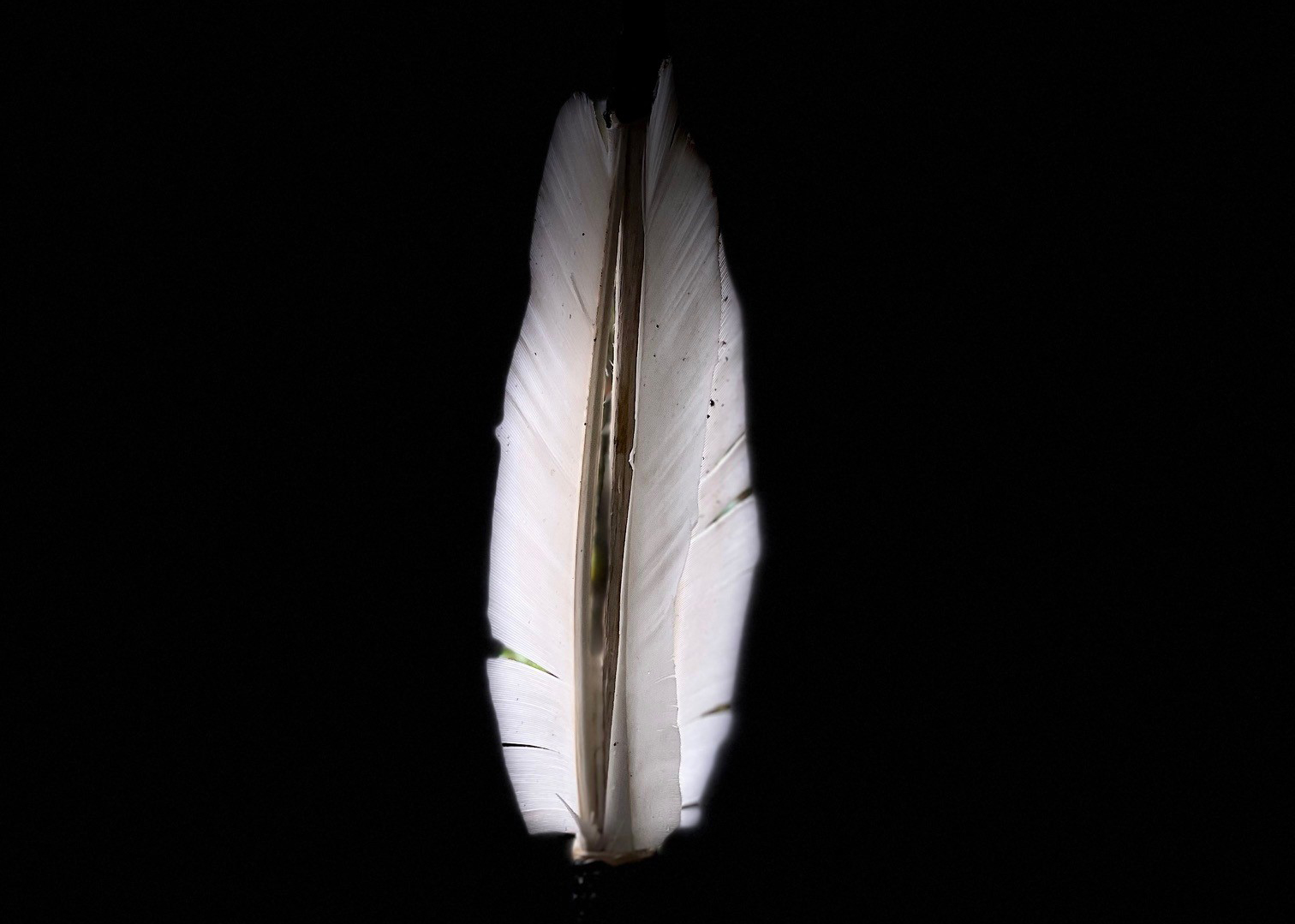



![IMG_3345[1]](https://surviveandrevive.org.www362.your-server.de/wp-content/uploads/IMG_33451-scaled.jpg)


